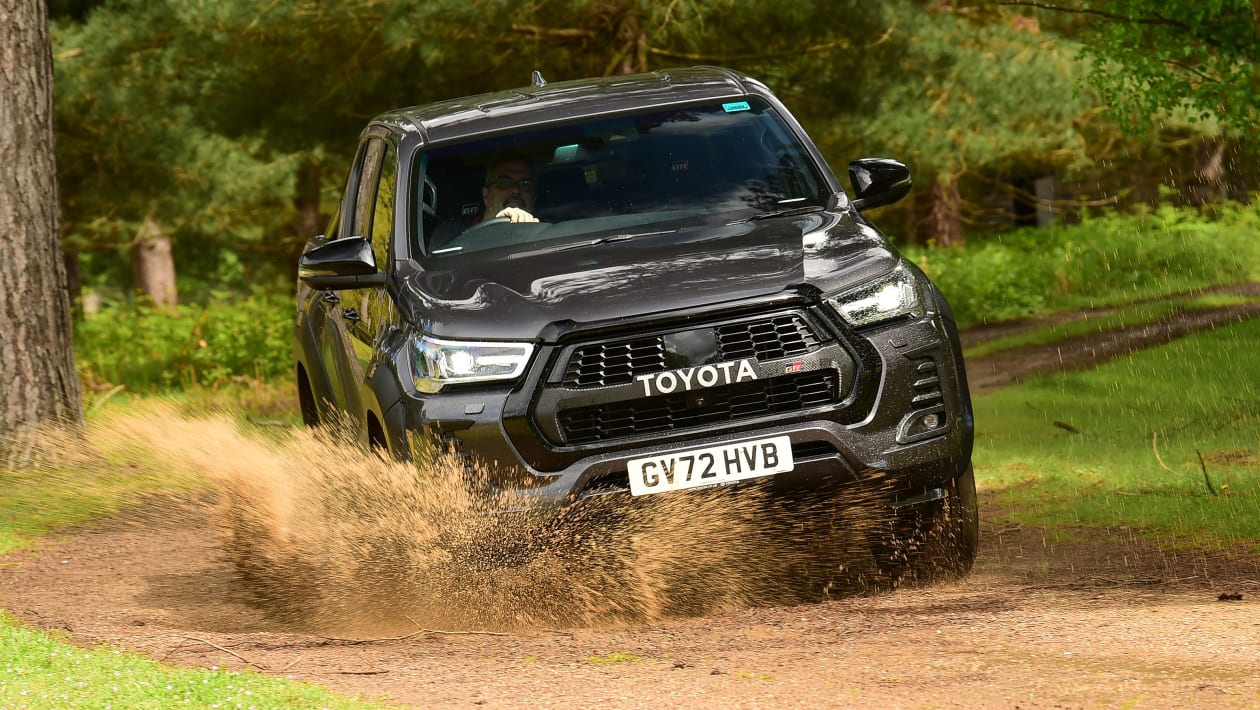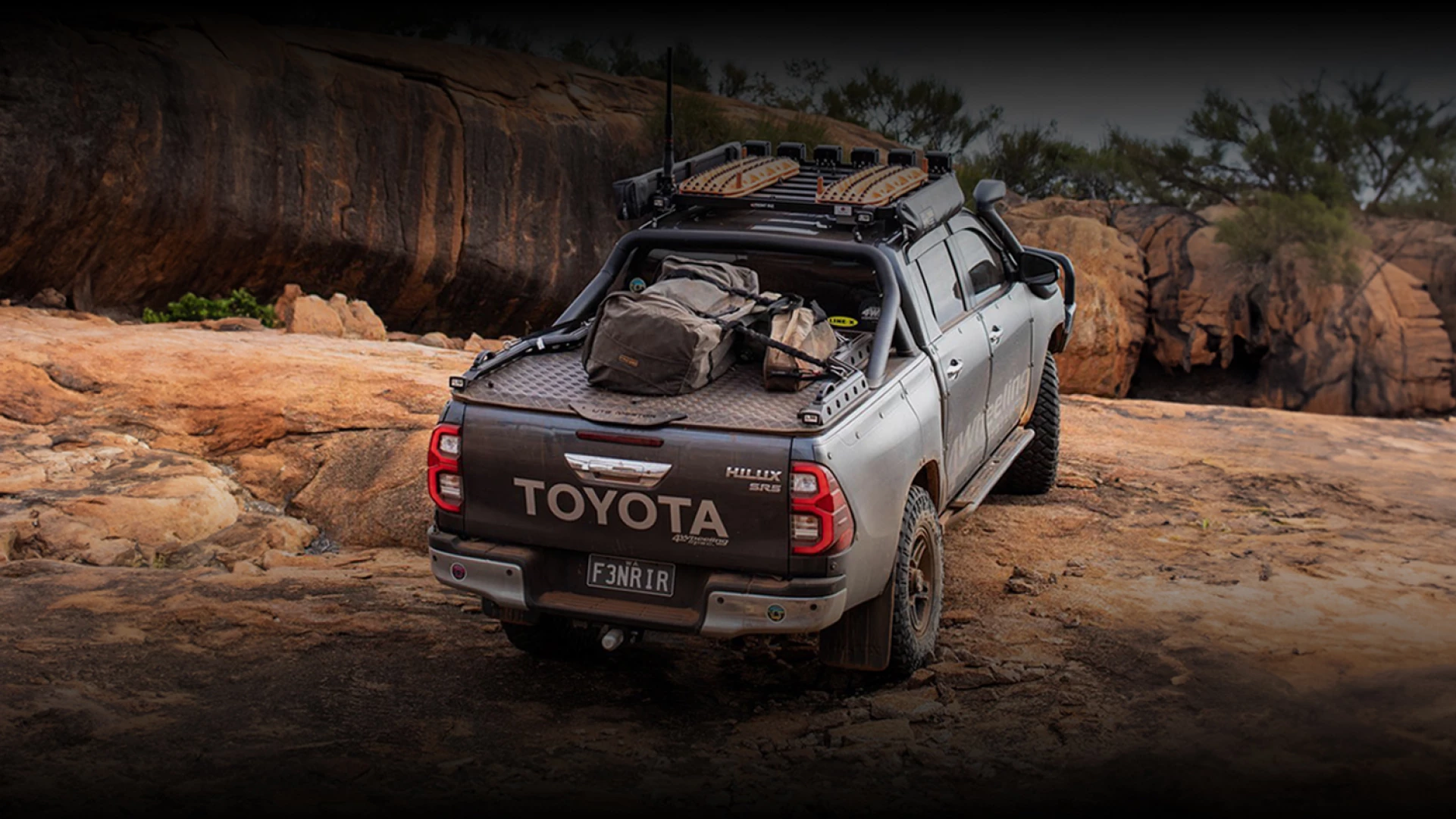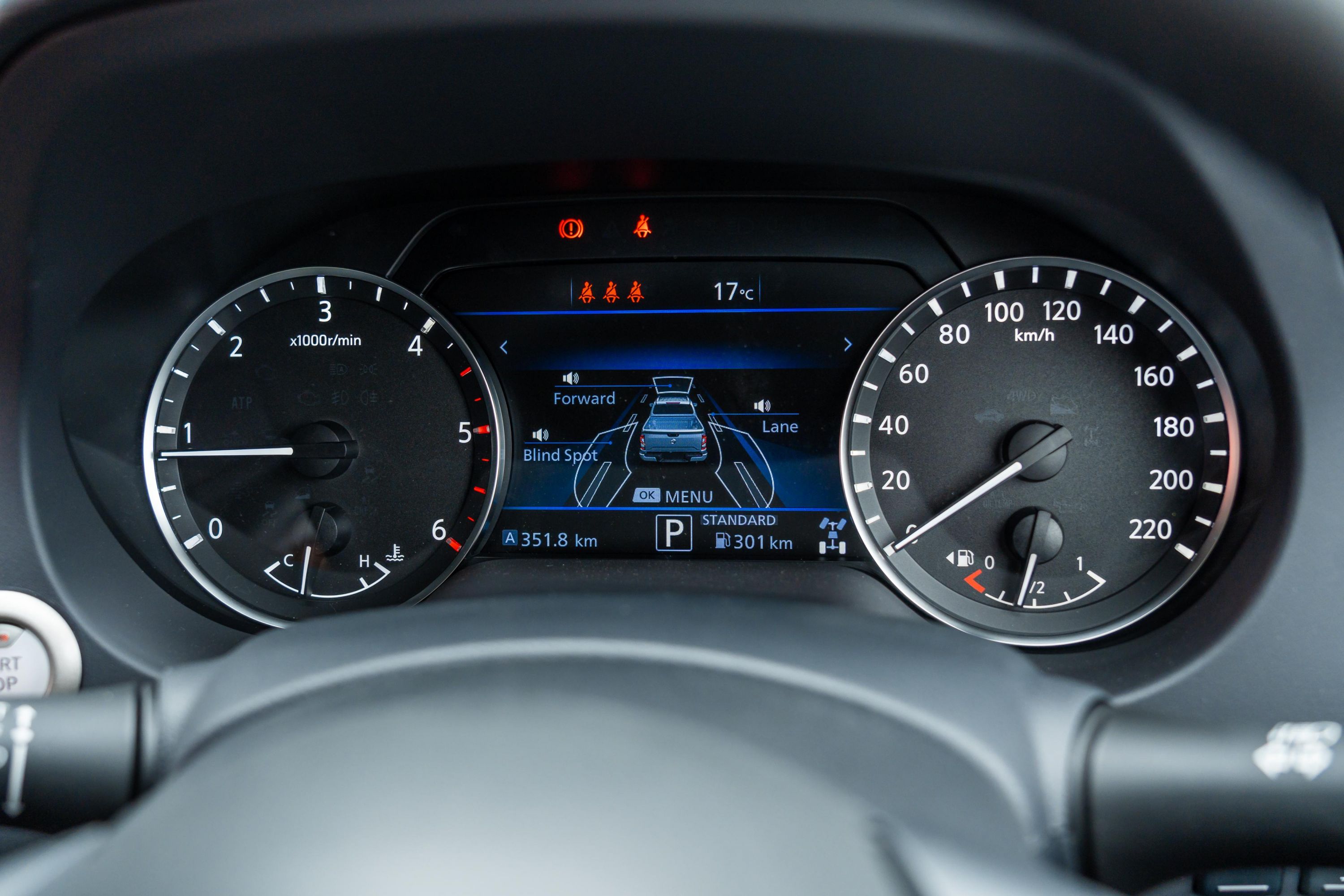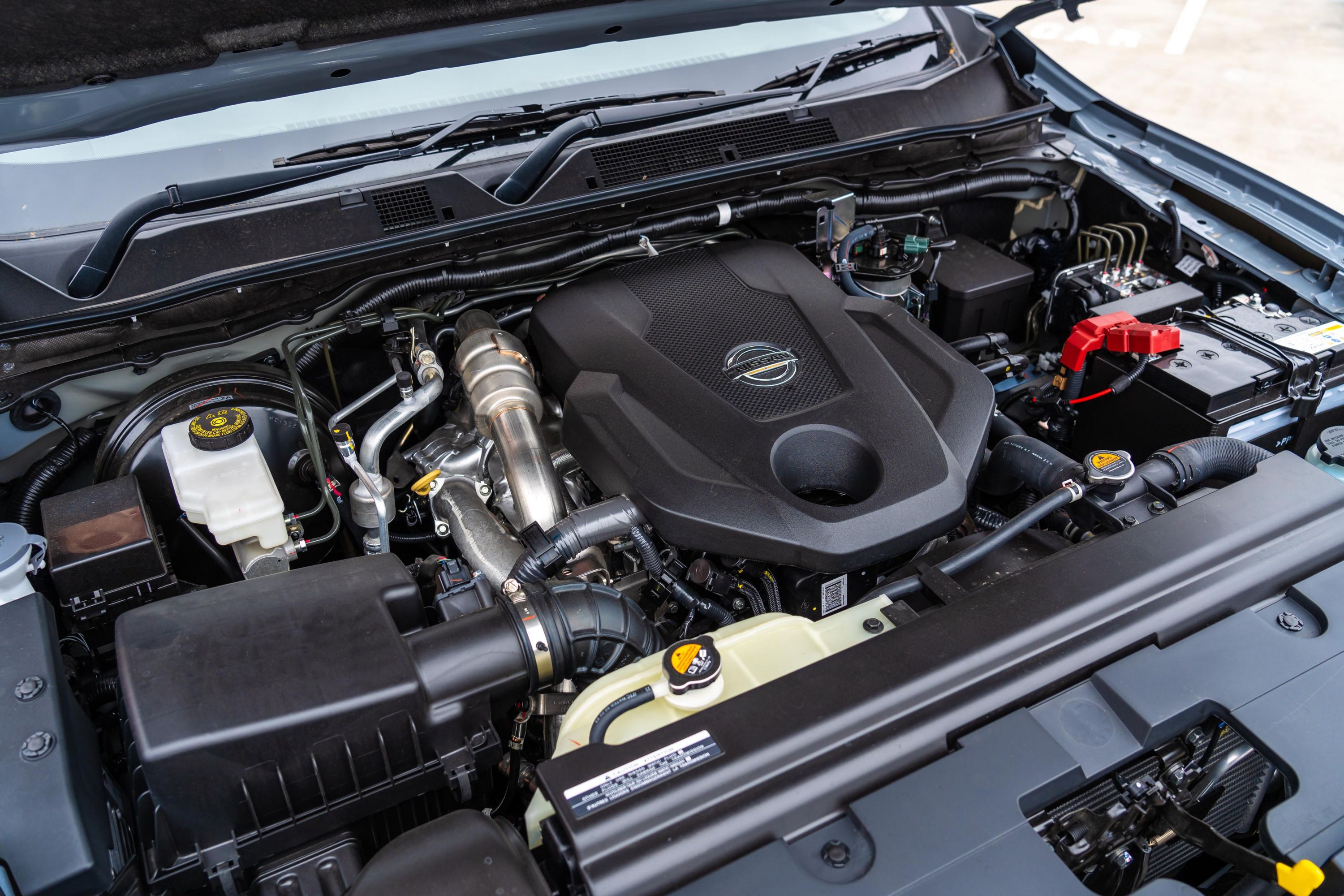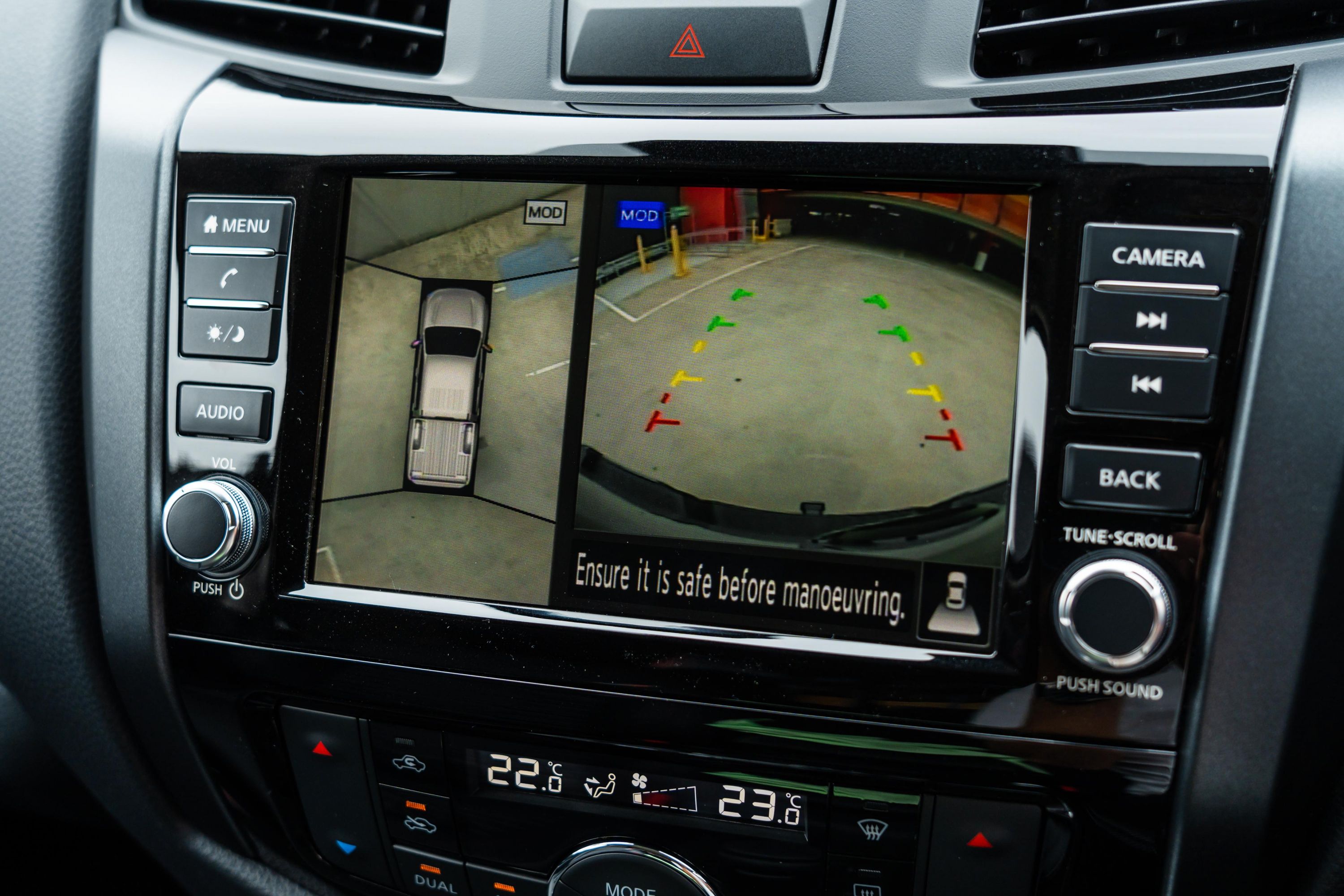A childhood dream that lives on.
We interviewed Naomi Sasagombi following her admission to practice law as a lawyer on April 12, 2024. Naomi, her family, and her friends will undoubtedly cherish her achievement at that date.
Noami Stories is a captivating tale of resilience, determination, and the power of the human spirit to overcome adversity. It's an inspiring narrative that will leave you feeling motivated and uplifted, as you witness the struggles and hardships that the characters face and the unwavering perseverance they display in the face of even the toughest challenges. Get ready to be swept away by this unforgettable story!
Her stories are a source of inspiration for many. The tales she shares can ignite the fire of creativity and motivation within all who read them.
Happy reading!
1. Tell us about yourself (What you like, don’t like, etc
Name: Naomi Sasagombi
Date of birth: March 15th
Province: East Sepik, Papua New Guinea.
Village: Porombe and Urigembe, Yangoru/Sausia
Tribe: Helindogum
Degrees: 1. Law Degree 2.English Literature Degree.
Sibling: 3rd Born
Religion: Christian Rival Crusade CRC.
Father: Retire Water Board Technician
Mother: Pastor CRC Church.
Dislikes: I never give up because losing is not an option for me.
2. Tell about the happiest moments in your study.
The happiest moment of my life was when both of my parents saw me being admitted as a lawyer, especially my dad witnessing it in the courtroom. It meant everything to me and gave me the confidence to face life's challenges.
3. Tell us about the saddest or toughest moment in your study.
Let me start with my degrees. I have two degrees - a Bachelor of Arts in Literature and English Communications and Journalism, and a Bachelor of Law, both from the University of Papua New Guinea (UPNG).
I was fortunate enough to receive my first degree with a lot of financial support from my dad who gave me fortnightly allowances while I was on a government scholarship. I resided on the campus for four years, and it was an easy ride all through.
During my second degree in Law, I faced financial difficulties in my final year as my father had retired. There were days when I had to call home and ask for money to cover the cost of food, printing, bus fare, and other expenses. Sometimes, they weren't able to send enough money for everything, but I learned to manage.
There were days when I went to school without food, and sometimes I walked back home from school because I had no bus fare. However, I lived at Rainbow AOG Jubilee, so I could easily walk to and fro school.
During difficult times, I refrained from telling my friends about my struggles or asking for their help. Seeking assistance was not something that came naturally to me. At times, I resorted to writing my assignments using a pen and submitting them as such due to my inability to afford printing. Despite these challenges, I never allowed them to hinder my progress.
My sole focus was on obtaining my law degree, as it had been my dream since the fourth grade. I envisioned the end result from the beginning and knew that any obstacles I faced along the way were insignificant in comparison to what I would achieve if I persevered.
Looking back, the time I spent becoming a lawyer was the most challenging of my life. At the time, I was too focused on my dream to realize it.
4. What motivated you to pursue law and to become a lawyer?
When I was in 4th grade, I developed an interest in becoming a lawyer because of my love for reading. I was an avid reader and my proficiency in English was good. My dream of becoming a lawyer has remained unchanged since then. However, it was my father's experience that strengthened my passion for law. I made a vow to become a lawyer and stand up for the voiceless and innocent individuals in society. I aim to be their advocate and voice. This dream has stayed with me and I cannot let it go regardless of where life takes me.
5. Who has been the biggest influence in your life? What lessons did that person or people teach you?
During my educational journey, my father has been the most influential person in my life. In our household, all we ever talked about was education and religion. My dad started instilling the value of education in us at a very young age. He would often share stories about successful people and how education can change one's life. My father himself is a university-educated person who was accepted to study Geology but left in his second year and never returned. Despite this, he always motivated us to complete our education and reach our goals.
6. If you were to go back in time, what would you say to your younger self?
I wouldn’t say anything. I love how my life was and is now. I grew up privileged in a middle-income family and had everything I needed to succeed.
7. What is your biggest regret?
"I have no regrets in my life. I love everything about it because every experience on my journey has shaped me into the woman I am today. I am grateful for life and all its facets. To me, life is beautiful."
8. Can you tell us about some kindness people have shown to you in your toughest times that make a big impact in your life?
Certainly. Besides my biological family, I have a few close friends who have become like family to me. They love and support me unconditionally, and they understand me just as well as my actual family members do. We often share snacks such as Snax biscuits, Bu drinks, and K2s. During my school days, they even let me stay at their places, and sometimes they helped me with my rent and bus fare. Their generosity and kindness make me believe in the goodness of humanity.
9. What is the most important lesson you learned in life?
The most important lesson I learned in life is to trust in God and to be kind. It comes back in unexpected ways.
10. What would you say to others who look up to you?
a. Put God first in Your life.
b. Develop a strong mind and you will win in life.
c. Be disciplined and apply self-discipline in every area of your life and you will win
d. Having a clear vision for your life is like having a map or strategy that guides you towards your goals.
e. To all the young girls out there, I want to convey a message that in this modern age, females must be financially independent and literate. These skills will help you sustain yourself in the tough world out there. So, make sure you have a life of your own before getting married.
f. Stay committed and focused on your dreams. Be determined to reach the finish line, no matter what obstacles come your way. Avoid comparing yourself and your achievements with others. Self-motivation is crucial. Learn from your strengths and weaknesses, and believe in yourself and your abilities. Be honest with yourself and your studies, and always maintain a positive attitude, regardless of the outcome. Remember, nothing is impossible, and this world has no place for those who give up.
By Joshua Sasahombi
(The Author)




















